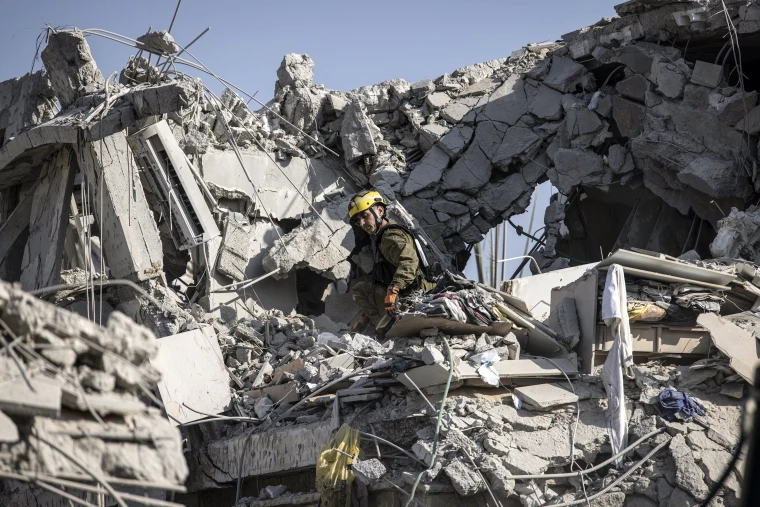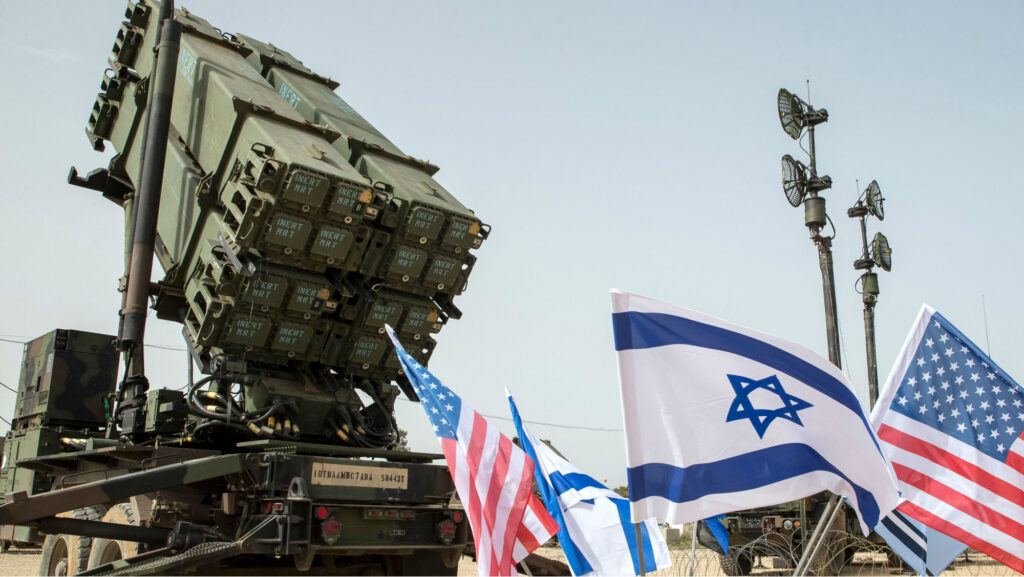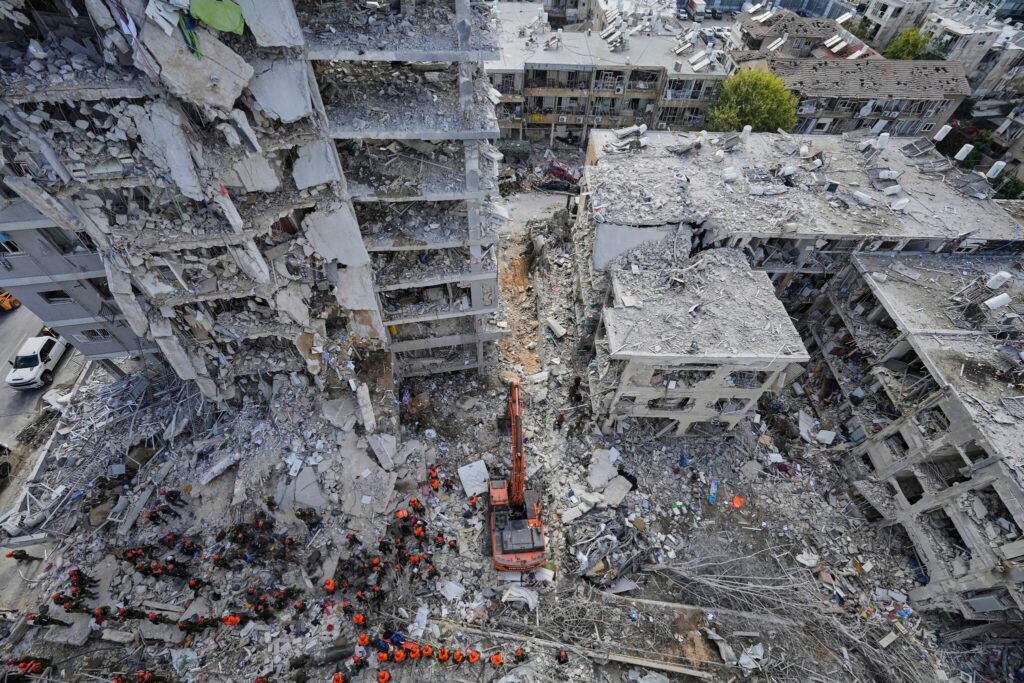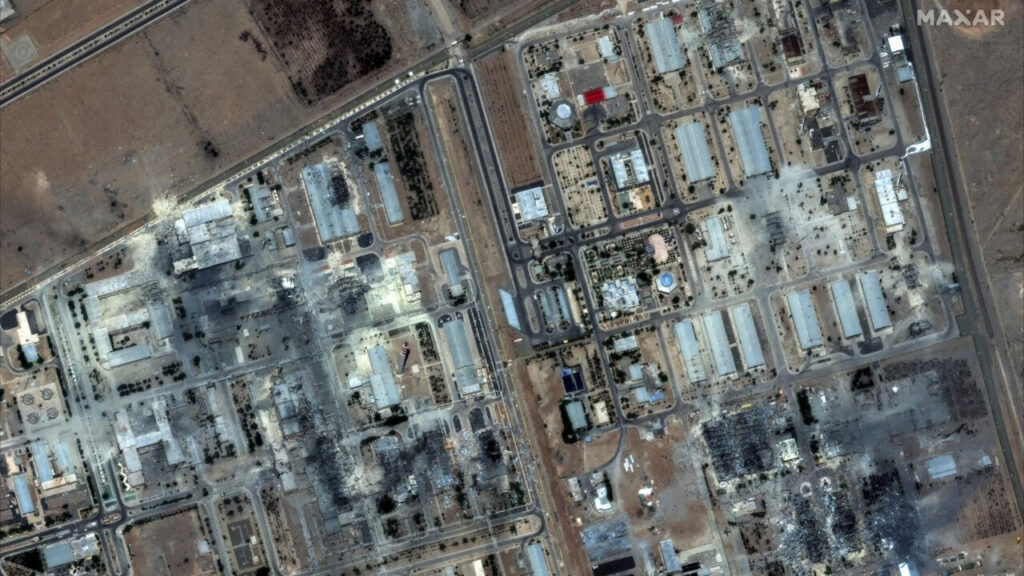In just 12 days of conflict with Iran, Israel put decades of military innovation to the test, demonstrating a level of technological dominance and strategic coordination that reshaped the battlefield against a growing missile and drone threat.
The conflict, which began with Israel’s “precise, preemptive strike” against Iran on June 13, marked the most extensive and deadly military exchange to date between the two regional adversaries. The operation, named “Rising Lion,” saw Israel launch hundreds of airstrikes deep inside Iranian territory, deploy its arsenal of drone capabilities, and activate its multi-layered defense systems in response to Iran’s retaliatory missile attacks.
The campaign came to an abrupt halt on June 24, when US President Donald Trump announced a ceasefire had been brokered, bringing the high-stakes clash between Israel and Iran to a close, for now.
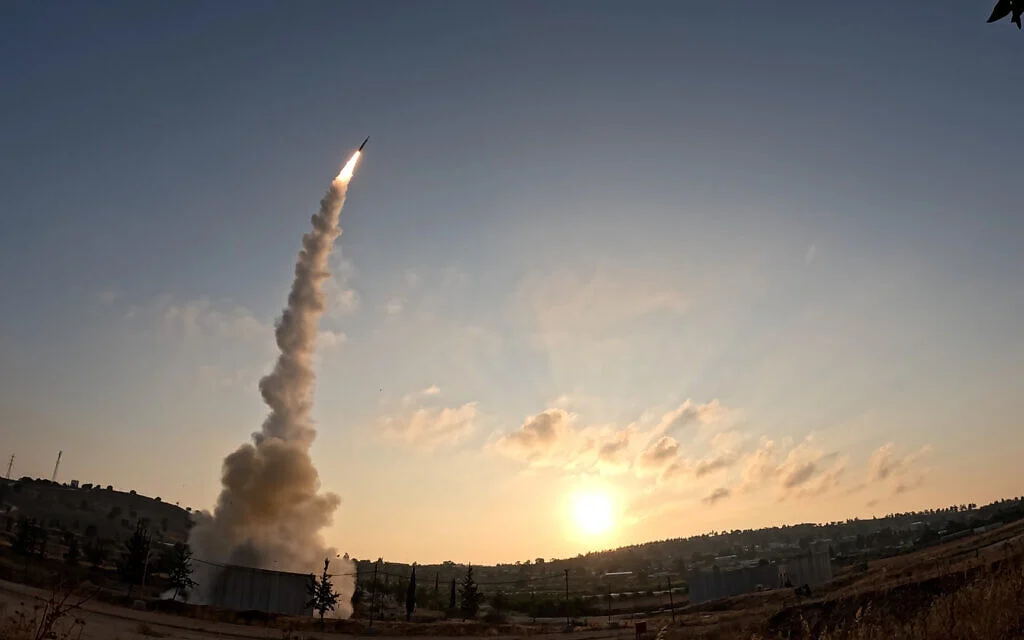
An Arrow anti-missile system fires an interceptor missile during Israel’s 12-day conflict with Iran, in am image cleared for publication on July 1, 2025. (Defense Ministry)
In just 12 days of conflict with Iran, Israel put decades of military innovation to the test, demonstrating a level of technological dominance and strategic coordination that reshaped the battlefield against a growing missile and drone threat.
The conflict, which began with Israel’s “precise, preemptive strike” against Iran on June 13, marked the most extensive and deadly military exchange to date between the two regional adversaries. The operation, named “Rising Lion,” saw Israel launch hundreds of airstrikes deep inside Iranian territory, deploy its arsenal of drone capabilities, and activate its multi-layered defense systems in response to Iran’s retaliatory missile attacks.
The campaign came to an abrupt halt on June 24, when US President Donald Trump announced a ceasefire had been brokered, bringing the high-stakes clash between Israel and Iran to a close, for now.What Matters Now to Haviv Rettig Gur: Death penalty for terrorists?Keep Watching
Air defenses hold firm
Although initial impressions suggested a dip in interception rates, data shows that Israel’s multi-layered air defense maintained a success rate of approximately 86 percent against ballistic missiles launched from Iran, consistent with previous operations. That figure was bolstered by the rapid deployment of upgraded Arrow missile systems just a week before the conflict began.
The perceived increase in missile impacts was largely due to Iran deliberately targeting highly populated civilian areas rather than military sites, meaning that when a missile fell, it caused more devastation and drew far greater public attention than if it landed near a base far from Israel’s civilian population. Twenty-eight people were killed, over 3,000 were hospitalized, and 13,000 were displaced.
